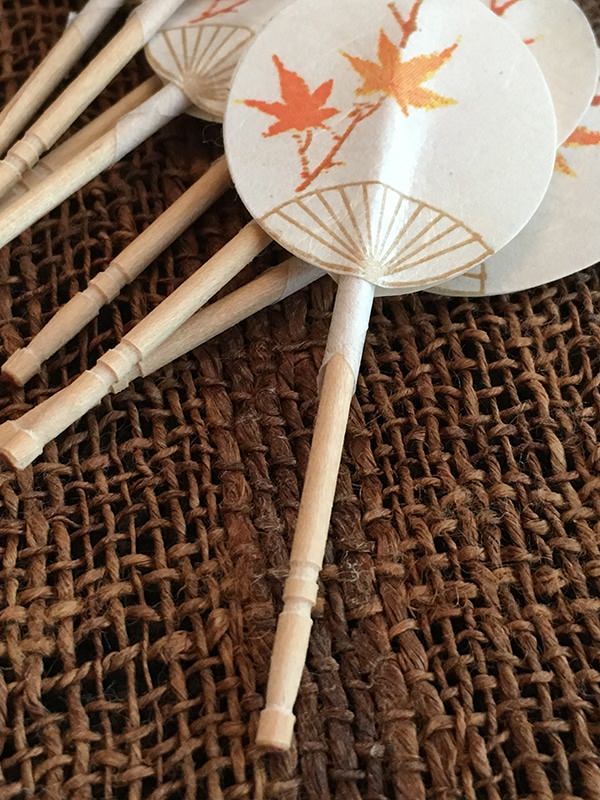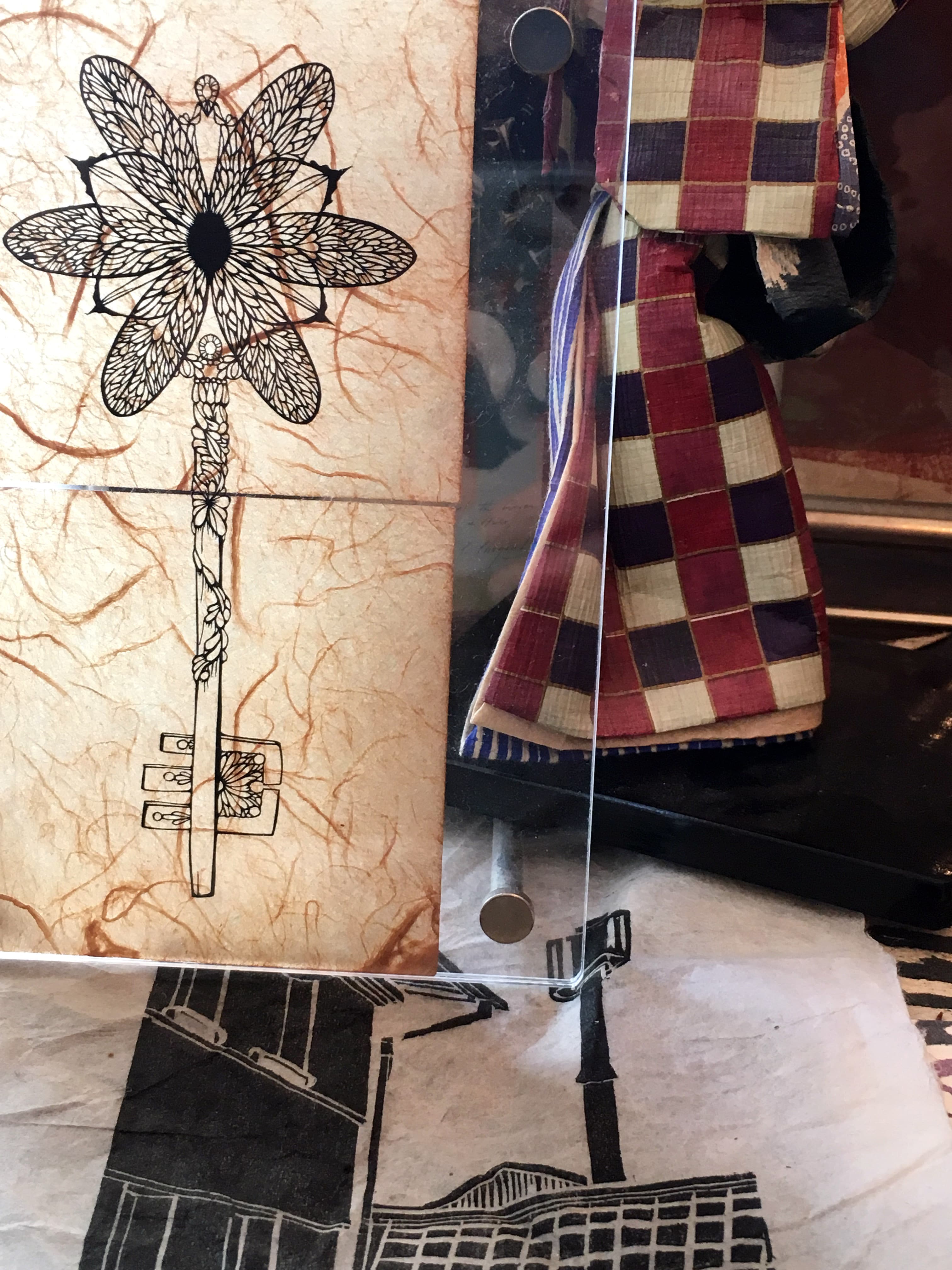
Part 2 – Wonderful Washi
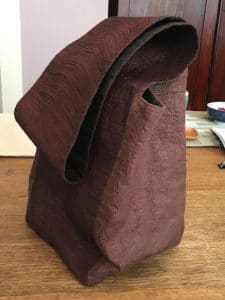
While washi (Japanese paper) is a long-lasting Japanese traditional craft, how it became an important part of Japanese culture is almost forgotten even by most Japanese. In thinking about washi’s role in etiquette, social rituals, and some possibly overlooked utilitarian uses, in this post, I want to show you some of my personal selection of everyday paper items , as well as paper objects I see everyday outside.
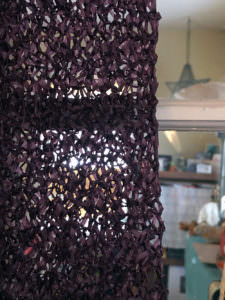
Of course, there are endless applications for paper in the Western world; like its use in thinks book or art conservation, book arts, calligraphy, printmaking, painting, collage and so on.
However, there are also those strictly Japanese paper arts, which are fairly well-known to the average modern day Japanese. For example, shōdo (Japanese style calligraphy),
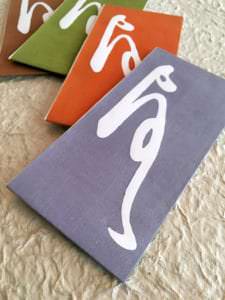
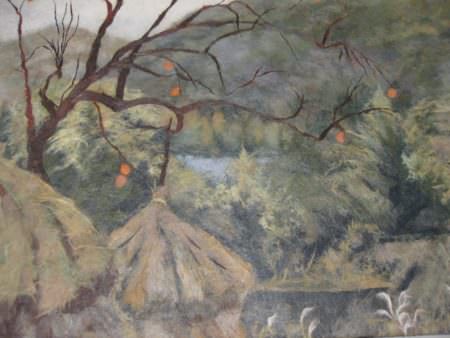
chigiri-e (paper-tearing collage),and washi ningyo (paper dolls). Shōji and fusuma (sliding doors in Japanese style rooms) are quite common home interior components used everyday.
Ritualistic uses of paper seen every day in daily life in Japan. Omikuji or horoscope papers tied to a branch or wooden stand.

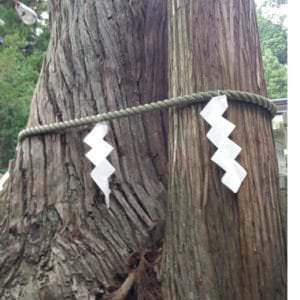
Gohei hung from a shimenawa (rope) in this case around an ancient and sacred red cypress tree. Reminiscent of Miyazaki’s Tonari no Totoro background scenes, yes?
Washi , as you can tell, is one of my first loves in the realm of paper. My relationship with washi grew more intimate after moving to Japan in the 1980’s, attempting to immerse myself in the Japanese culture and language. I came to learn that washi‘s inherent beauty exudes special powers of joy to those who use it.
More than 50 years of collecting ephemera, close to 30 years of selling washi ; (now via Paper Connection), and working with the endearing papermakers in Japan, has lead me to this state of chronic washi-on-the-brain. Washi is part of my daily life both physically and emotionally and I really don’t mind at all!

